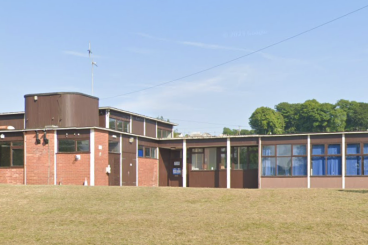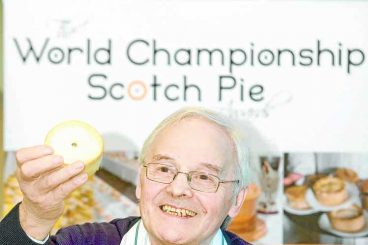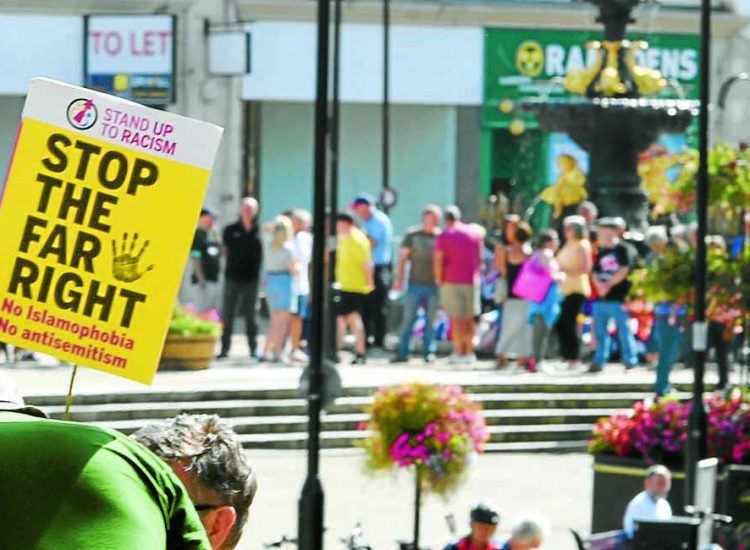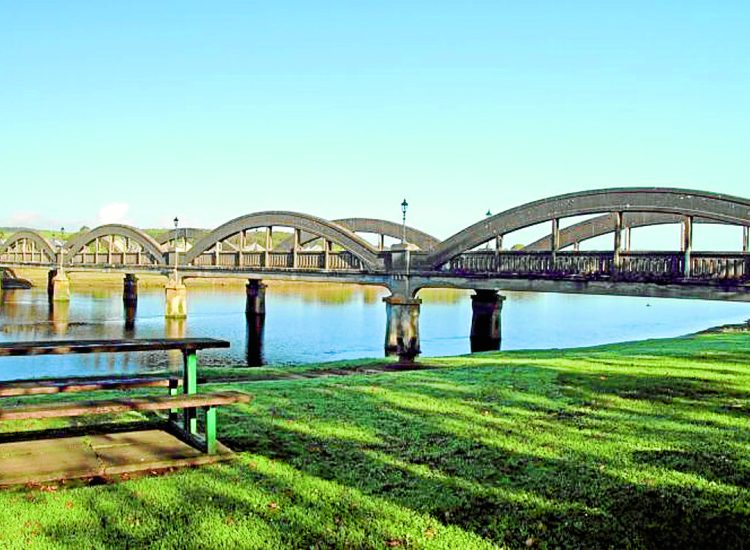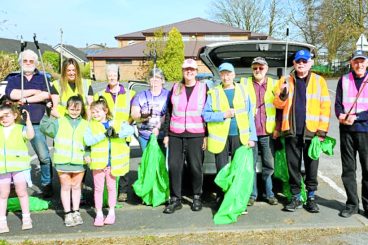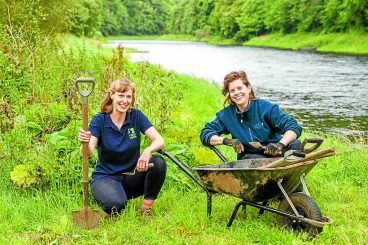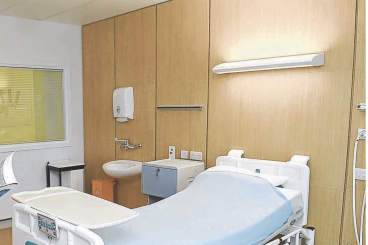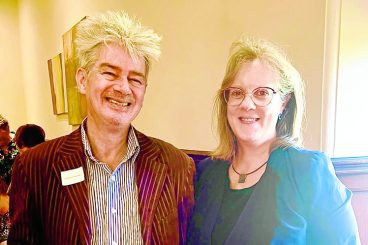It was a refuge for the ‘distressed and outlawed’, as well as foreigners.
And an account of it has been shared in the latest Dumfries and Galloway Family History Society newsletter.
Member Deidre Brown describes the community in 1932, using the words of a distant relation Joseph McVittie, who referred to it as abnormal and said: “The domiciles varied from hovels of sod to a substantial farmhouse of stone. Others were built of mud, clay, cobbles or bricks, the roofs variously of straw, sod, grass, rushes, tiles or slates.
“This locality retained its prestige as a refuge of the distressed and outlawed, as well as aliens from the sister countries. The really native scions were few and far between, but all so amalgamated that woe betide any constable or posse of constables who attempted to entrap anyone.
“There were veterans from the ’98 in Ireland and Peninsular veterans all with ventures to tell of, along with songs and jokes of an evening in the farmhouse.”
McVittie’s account also details the village school, in which taught ‘respected middle aged gentlemen’. He said: “The chimney was in the middle and descended by means of canvas, low enough to be easily touched by the larger scholars.
“The fire was peat or turf, on a raised hearth and composed cobbles or whinstones, against which the infant classes placed their feet in winter.”
The village got its name because it stood on trenched, or reclaimed ground. It also featured a grocery, smithy, carpenter, weaver and occupations included general weaver, drover, pig jobber, horse cowper and turfmonger.
McVittie continued: “It was such a heterogeneous place there could hardly be any lack of incident, passing the music of squealing pigs, bleating of sheep, neighing of geldings and lowing of cattle on their way to some market.
“To the juveniles’ delight, the daily mail coach with the royal arms resplendent on its yellow panels, passed through, drawn by four horses. The driver in gay uniform and the guard behind in red tunic, blowing through his horn in gamin sense – clear the way for the heavy mail, while lumbering grandly along the hybrid street.”
Also passing through occasionally were ‘an unusual complement of dancing bears, ballad singers, blind fiddlers, Bavarian buy-a-brooms, Irish harvesters, English cotton spinners and tramps northwards’.
He concluded: “Circuses were frequent, but perhaps, to youth, the most captivating spectacle was the approach of sodgers interchanged as often happened between the two countries. The coming of a squadron of cavalry upon the smooth, macadamized highway on a fine summer’s day was especially imposing. And with the blare of trumpets and bugle fanfares, the youth might eagerly follow them.”
Is this where Gatehouse of Trench now stands, near Collin, on the edge of town?





